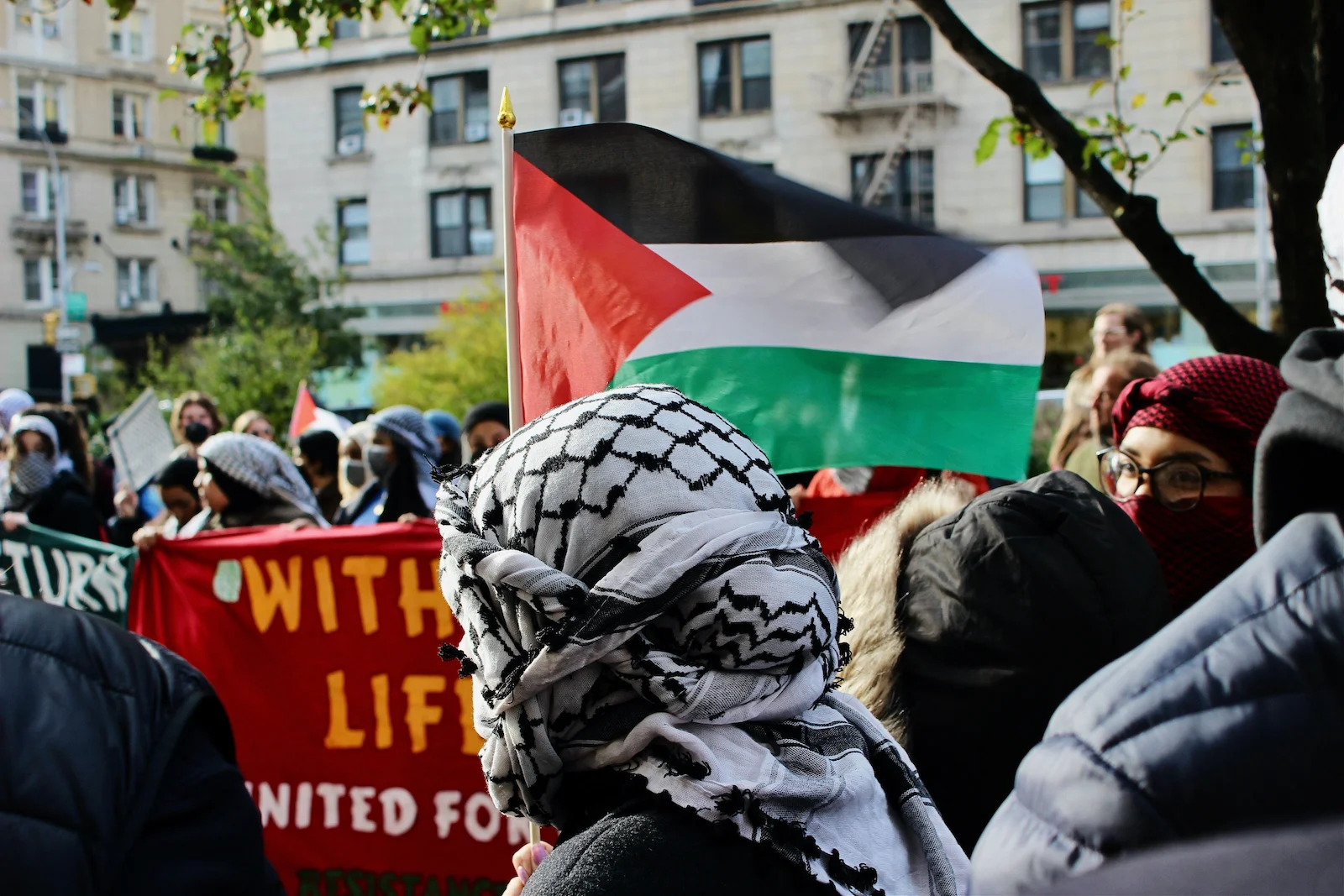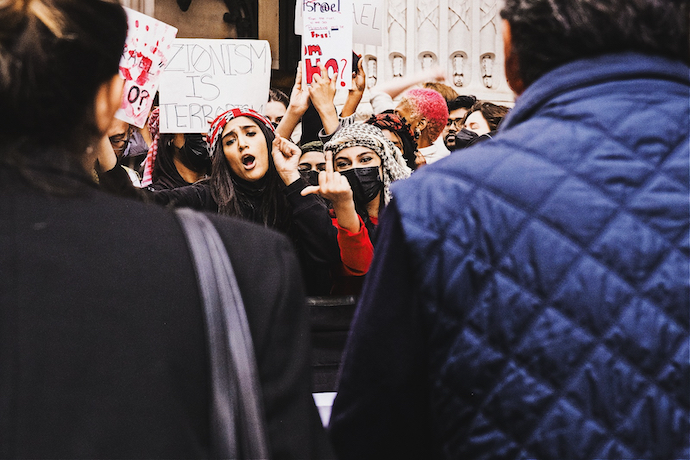
How Colleges Became Incubators for Antisemitism
Following weeks of often contentious and sometimes violent protests by pro-Palestinian protesters, Columbia University has canceled its main commencement ceremonies, opting to pare down its celebration of the 2024 graduating class to include only members of the school and students’ families.
The past weeks have been a nightmare, especially for Jewish students. There have been numerous reports of Jewish students experiencing harassment and antisemitic chants by many of the protestors. Though these events have brought it to national attention, animosity against Jewish people in the United States is not a recent development. These events merely expose the failure of educational institutions to instill a moral compass in American students.
Israel’s nearly seven-month war in Gaza merely served as the catalyst triggering ideological tensions that have gone unaddressed for some time. New York City has a history of Black and Jewish tensions including the 1992 Crown Heights Riots that resulted from the death of Gavin Cato, a seven-year-old Black youth, from being hit by a car driven by Yosef Lifsh, a Jewish man. In 2022, there was a protest at the Barclay Center in Brooklyn by the group known as the Black Hebrew Israelites who claim to be the true Jewish people. They were protesting the suspension of Kyrie Irving after he shared a link on social media to a film that denies the holocaust. This came right after Kanye West talked about liking Hitler on conspiracy theorist Alex Jones’s InfoWars.
Antisemitism is as rampant as ever, but two particular stressors are driving its prevalence on U.S. college campuses. The first is the latent discriminatory spirit between Black and Jewish Americans. Cornel West wrote about this tension in the early nineties, dedicating an entire chapter in his book Race Matters to the state of Black-Jewish relations. West attributed the success of Jewish Americans in society to their education, entrepreneurship, and institution-building. At the same time, their opposition to affirmative action programs contributed to the tension they experienced with African Americans. More importantly, West also argued many Black Americans don’t fully appreciate the Jewish fear of genocide because of a lack of knowledge regarding their long history of experiencing antisemitism.

Both sides of the political aisle observe these tensions, but James Baldwin defined it most clearly in an essay he wrote for the New York Times where he stated that the Jew had become “an American white man–for having become, in effect, a Christian” and therefore forfeited his underdog status in the struggle for freedom in America. Baldwin’s remarks have become mainstream for many on the left who prefer to lump Jewish people with white people in the quest for liberation on behalf of certain ethnic minorities.
This is especially true for elite colleges and university campuses where progressives have become borderline obsessed with the Black freedom struggle, and have embraced ideas about race and ethnicity that try to force groups into white, white adjacent, or oppressed categories. Jewish Americans and Asian Americans are rarely viewed through the lens of oppression, even though both have experienced significant acts of oppression and discrimination in the United States.
The second stimulus behind this antisemitism in colleges is a social-psychological trend that has been moving across college campuses for years now, including tribalism and egregious behavior of shouting down speakers and targeting college staff and administrators. In their 2019 book The Coddling of the American Mind, Jonathan Haidt and Greg Lukianoff identify what they call a “great untruth” that students have recently adopted of “us versus them.” College students have embraced the idea that the world is fundamentally made up of good people and evil people, with themselves being the righteous heroes in this story.
This tribalism has been used to justify acts of violence and illiberalism to shut down conversations and take over college campuses. We saw this in the case of the Evergreen State College incident where the campus president was essentially taken hostage. Emphasis on “us and them” has eroded the educational integrity of the university system, replacing the cultivation of virtue and wisdom among students.
Today, college students have identified themselves and the Palestinian people as the good guys and Israel and the Jews as the bad guys. In a battle of good and evil, the current state of affairs, especially on Ivy League campuses, calls for vanquishing the enemies of justice. This is now being used to justify immense bigotry against a group of people who have nothing to do with the current conflict in Israel, and who also have been the victims of immense racism for centuries. This also requires a reading of history that completely disregards the discrimination and oppression that Jews have had to live with for centuries.
Peaceful protests against war are permissible and protected by our constitution. The protests surrounding this war almost always end up devolving into ugly mobs of antisemitic harassment. This requires discernment and stern action on the part of university administrators who must take actions to ensure the physical and mental safety of their Jewish students. There should be a no-tolerance policy for threats of violence against Jewish students, or any students for that matter.
By Wednesday of last week, the NYPD had arrested hundreds of protesters after they stormed and occupied a historic building on the campus. Columbia administrators have failed to condemn the actions sufficiently and have not taken the antisemitic chants and harassment seriously. I’m not too sure how Columbia’s President Minouche Shafik recovers from the visuals of antisemitic mobs taking over an academic building.
Universities need to get back to teaching virtue and instilling right thinking in their students. In one sense, elite colleges are seeing the fruits of their labor with this behavior, and if they want to correct course, they need to take a look in the mirror and see where things went wrong.

